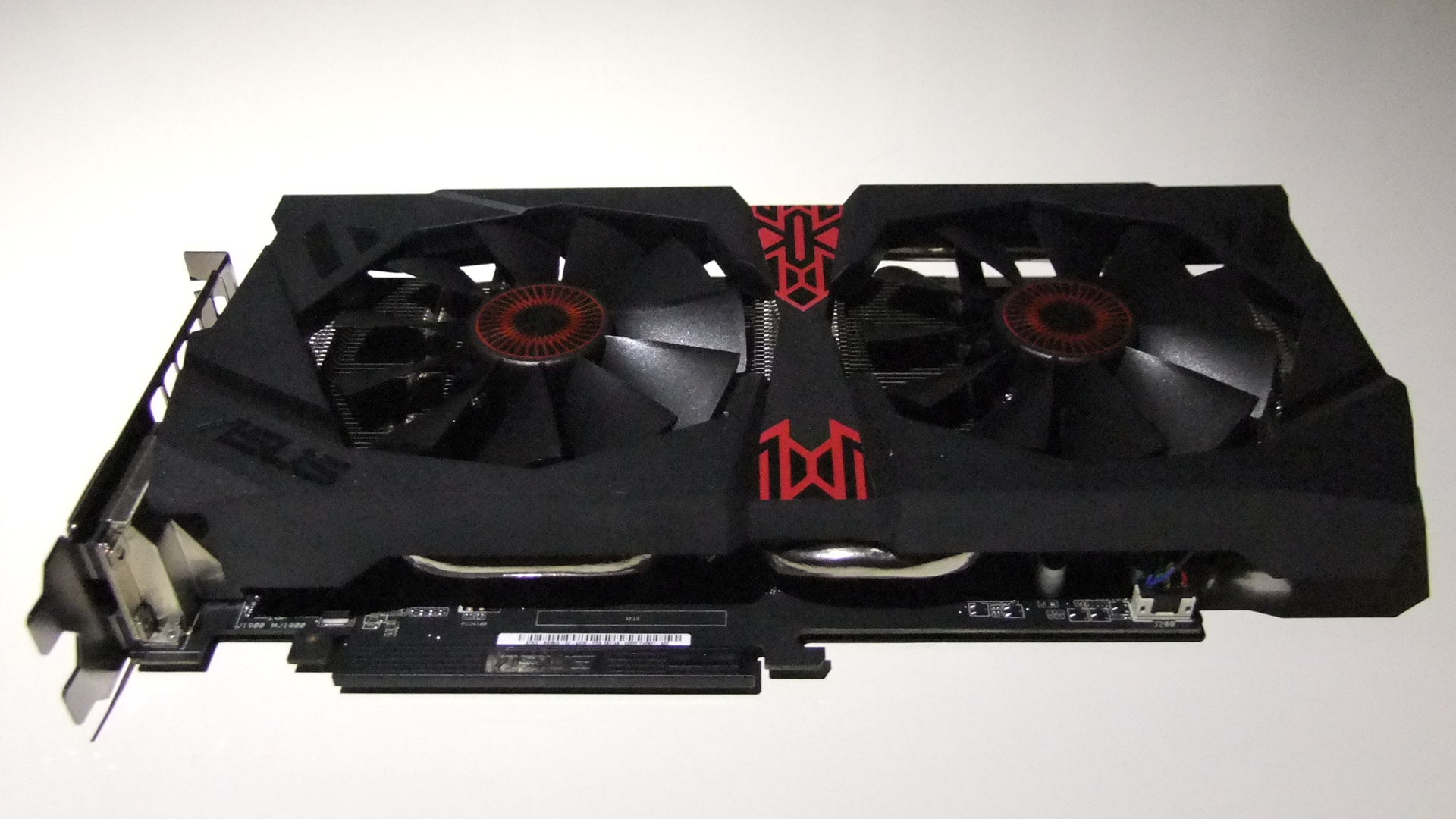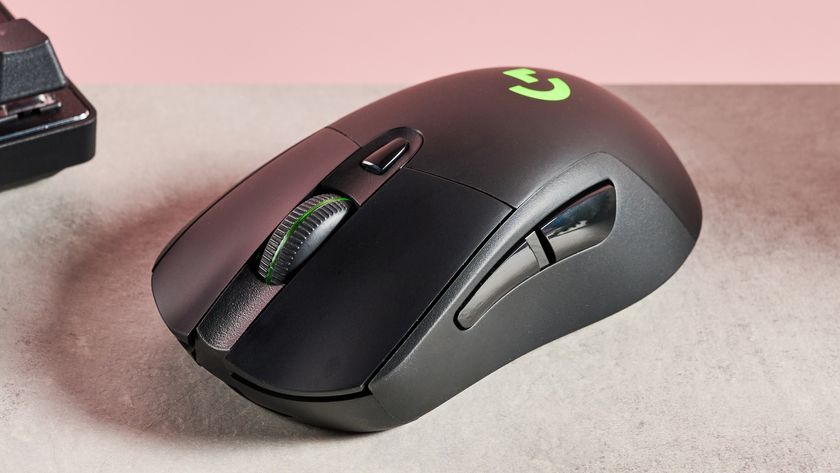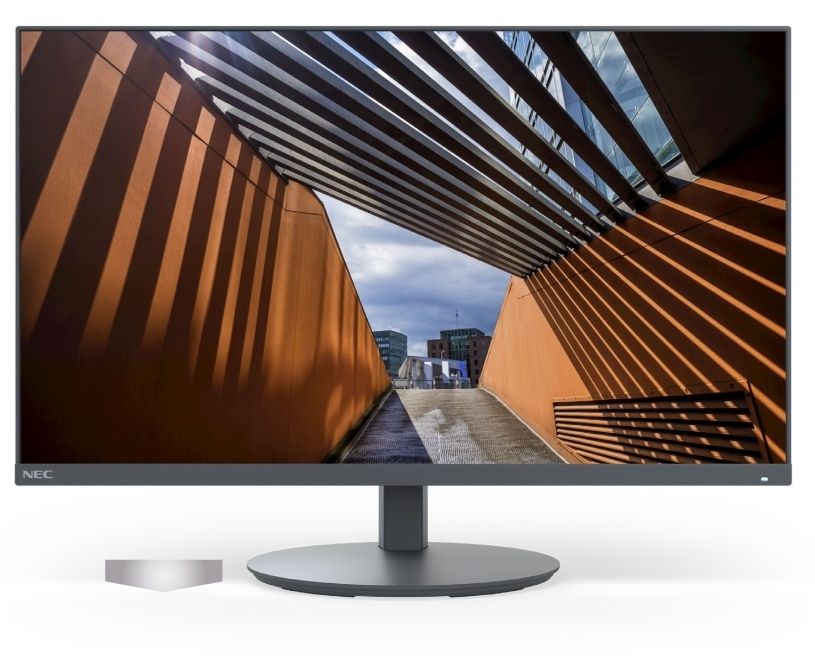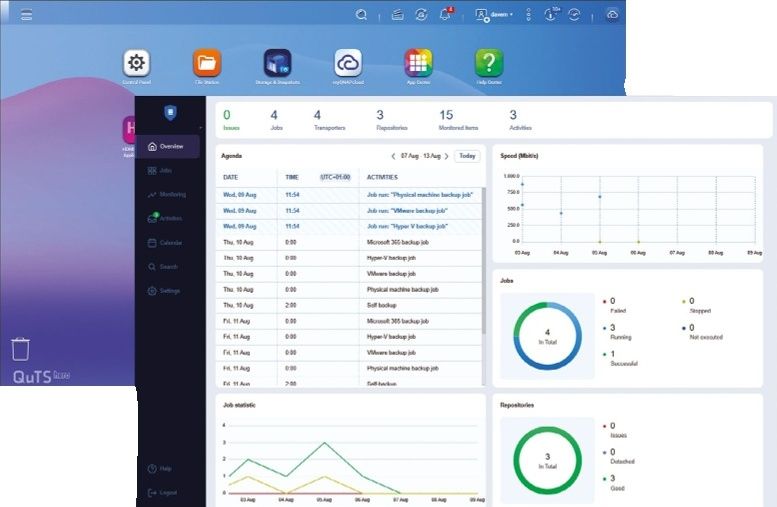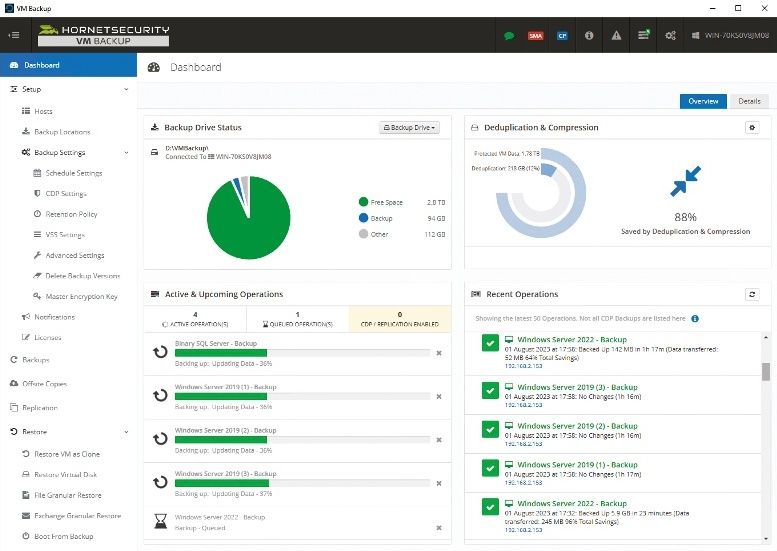Why you can trust TechRadar
We liked
The Asus spin of the R9 380X is a great little gamer. For the around £190 outlay you're getting a graphics card which is practically silent when you're just fiddling about on your desktop – all thanks to the STRIX fans which don't kick in until the GPU temperature hits a little over 60 degrees C. And when you are in-game the fans will start spinning, but still do so quietly. It wasn't even particularly noticeable when I pushed the chip a little faster with some light overclocking, either.
The R9 380X, then, will keep your games trucking along at a decent rate of knots. So long as you're realistic.
At 1080p it performs brilliantly with all the graphical bells and whistles turned on, pushing 60 fps in a lot of titles. At the 1440p resolution AMD is trying to position the card at, though, things are a little tougher. You're not going to hit 60 fps without seriously scaling down your game setting expectations.
We disliked
Software is a major concern for AMD, so much so that it's ditching the Catalyst drivers completely very soon. There's no issue with the performance, but the Catalyst Control Panel is awkward in the extreme and I'm praying for the day when the Raptr gaming app – AMD's licensed-in answer to Nvidia's far better GeForce Experience – is long gone.
I'm also not entirely convinced by AMD positioning this card as a 1440p option. Sure, with some games it can cope at this resolution, but for the majority you're not going to get a great experience.
Final verdict
It's all about the money, money, money, as some tall lady with massive shoes once sang. When you're looking to buy a new graphics card you'll pretty much always be able to find one to fit your exact budget – there are simply that many options.
But that also means there isn't too much distance between them either. Just £20 cheaper than this overclocked, and thus slightly more expensive than normal, R9 380X, sits both the standard R9 380 and GTX 960. That makes this card worth a cheeky upgrade if you'd already been looking at either of those. For £60 more, however, you can get either the R9 390 or GTX 970.
Things start to get pretty tasty in those upper echelons, with both those cards able to post vastly higher gaming performance than the R9 380X. Psychologically the difference between £190 (around $290, AU$400) and £250 (around $380, AU$530) is relatively large, but in realistic terms it would probably be worth saving a little longer and spending bigger.
After all, you'll have to replace this card sooner than either of those far speedier GPUs.
But, for what it is – namely a GPU which should have been released a year back – the R9 380X is a pretty impressive performer, and puts clear air between it and the nearest green-tinged rival, Nvidia's GTX 960. However, if you want a genuine 1440p card you'll have to spend bigger.
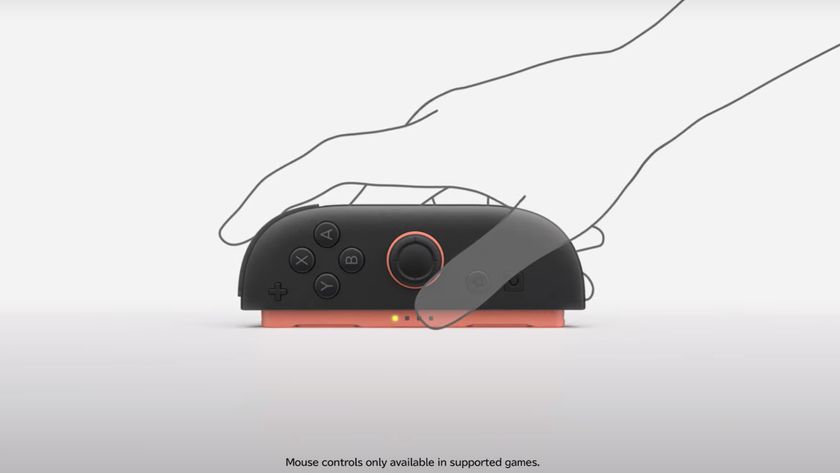
Nintendo Switch 2 mouse mode revealed: Joy Con 2 mouse function, how it works, and which games are confirmed to use it

Deltarune gets surprise Chapter 3 and 4 release date at Nintendo Switch 2 Direct – and they're launching very soon
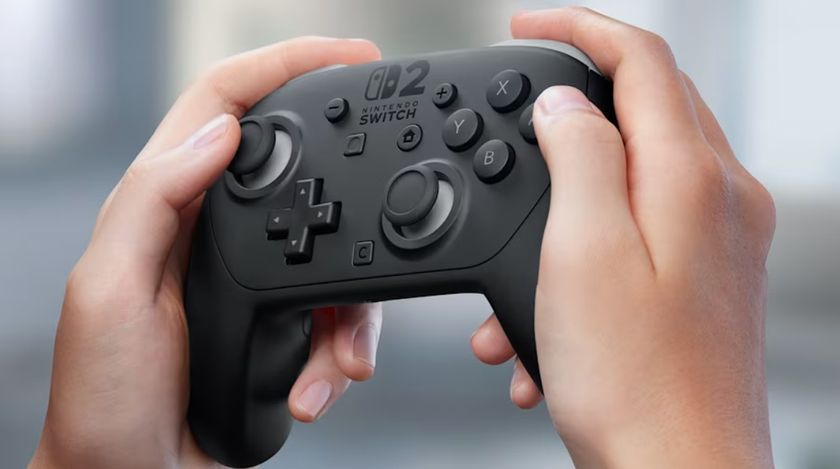
The Nintendo Switch 2 Pro Controller has been revealed offering a bunch of improvements over its predecessor
